Intuition, Exposure and
The Decisive Moment
Jonathan Slack
October 19 th 2023
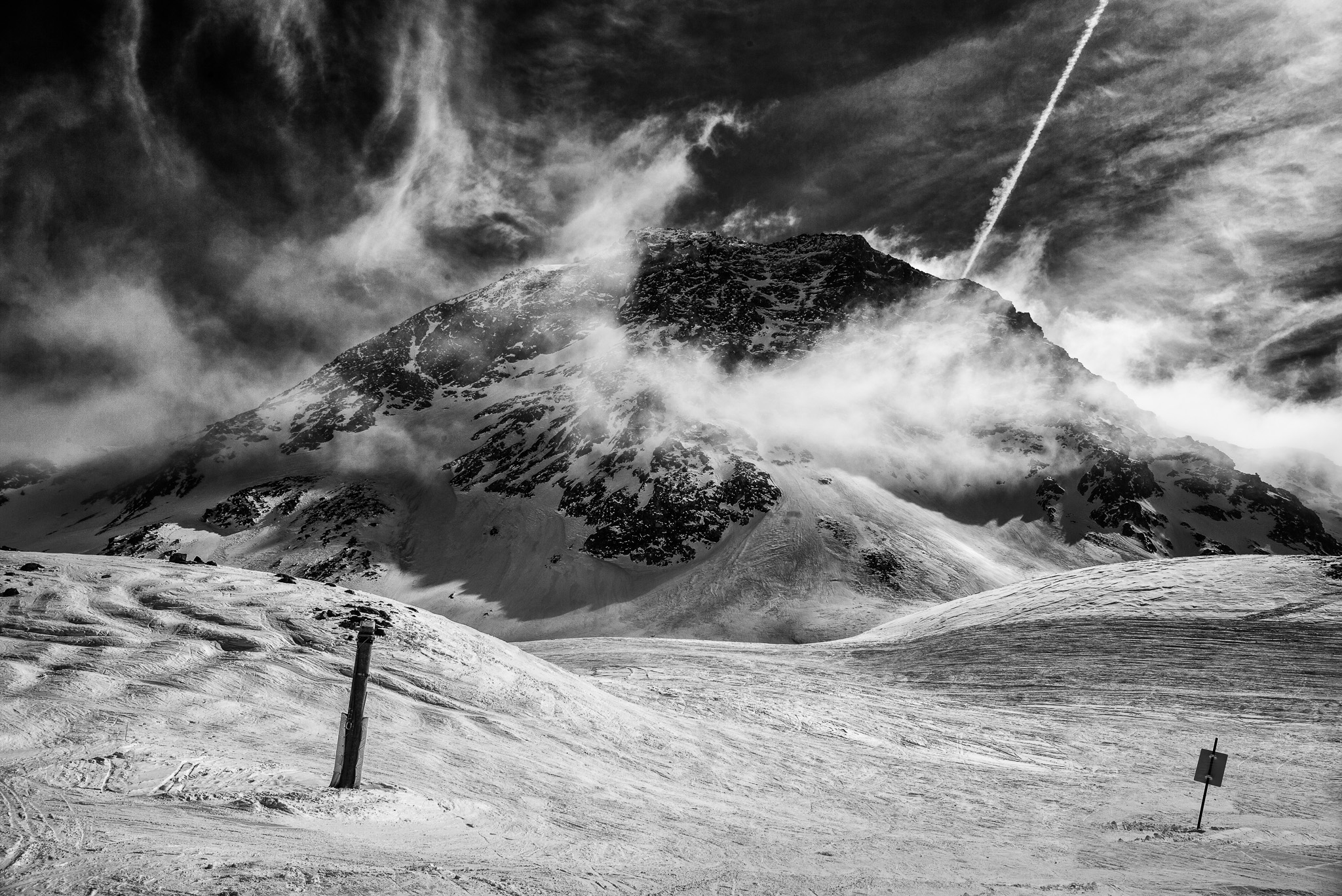
Les Arcs
Leica M240 with 28 Summilux Asph
Introduction
When I started testing for Leica back in 2008 it was a solitary business, there were several of us testing, but we reported back to the relevant product manager at Leica. These days it's a much more sociable affair, with a forum where we can discuss the issues between a number of photographers. There are some professionals and one or two dedicated amateurs. We discuss how we take images and how we set up our cameras.
As a result of this I've come to think a lot about the actual process of taking a photograph. I've also realised that most people are very much set into one methodology (which they use for everything), but it's remarkable how different that is between one photographer and another.
In this talk I'd like to discuss this, and to suggest some methods of shooting as a result
If I do my job properly you might come away with some new ideas to inform your own photography.
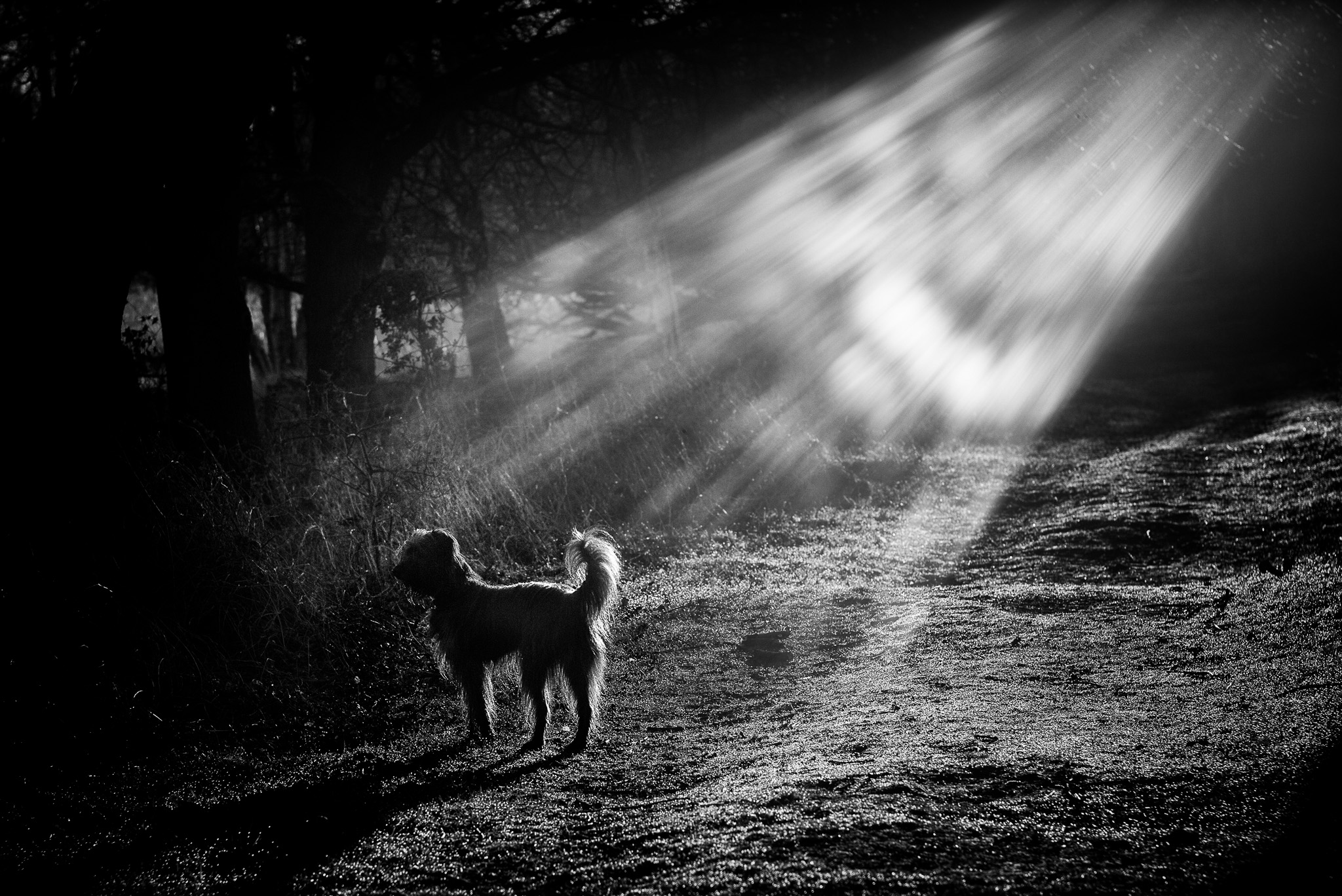
Sunlight Splashing
Leica M240 with 75 Summicron APO
Some Scattered Ideas
My Father
When I started taking photographs in the late 1960's my father said to me "Take a ranging shot, then think about the composition and exposure carefully and get it right".
That seemed like a good idea, but over the years it has become increasingly the case that the first shot is the best one, and that the minute I start thinking about the details I lose my mojo.
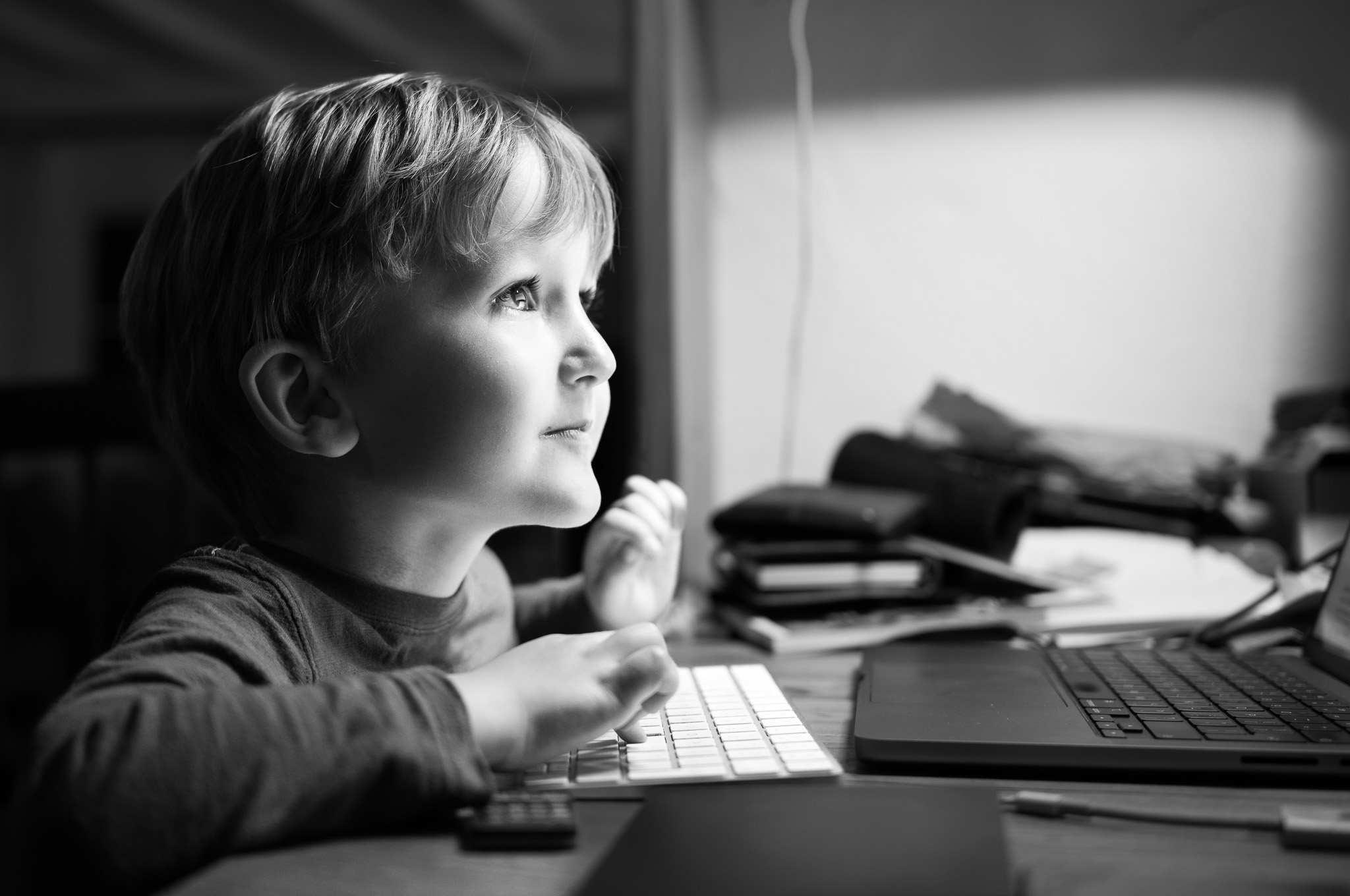
The Creation of Chaos
Leica M11 Monochrom with 35 APO Summicron M
Returning to Film
These days lots of people have returned to film. One of the reasons often given is that it has helped them to 'slow down and think about their photography again'.
Although I think it's great that film has had a renaissance I'm not so sure that this is a good reason to use it!
My favourite young film photographer (Kit Young https://www.kityoung.co.uk/) only shoots film which he develops and wet prints himself. He can shoot up to 15 rolls of Tri-X a day
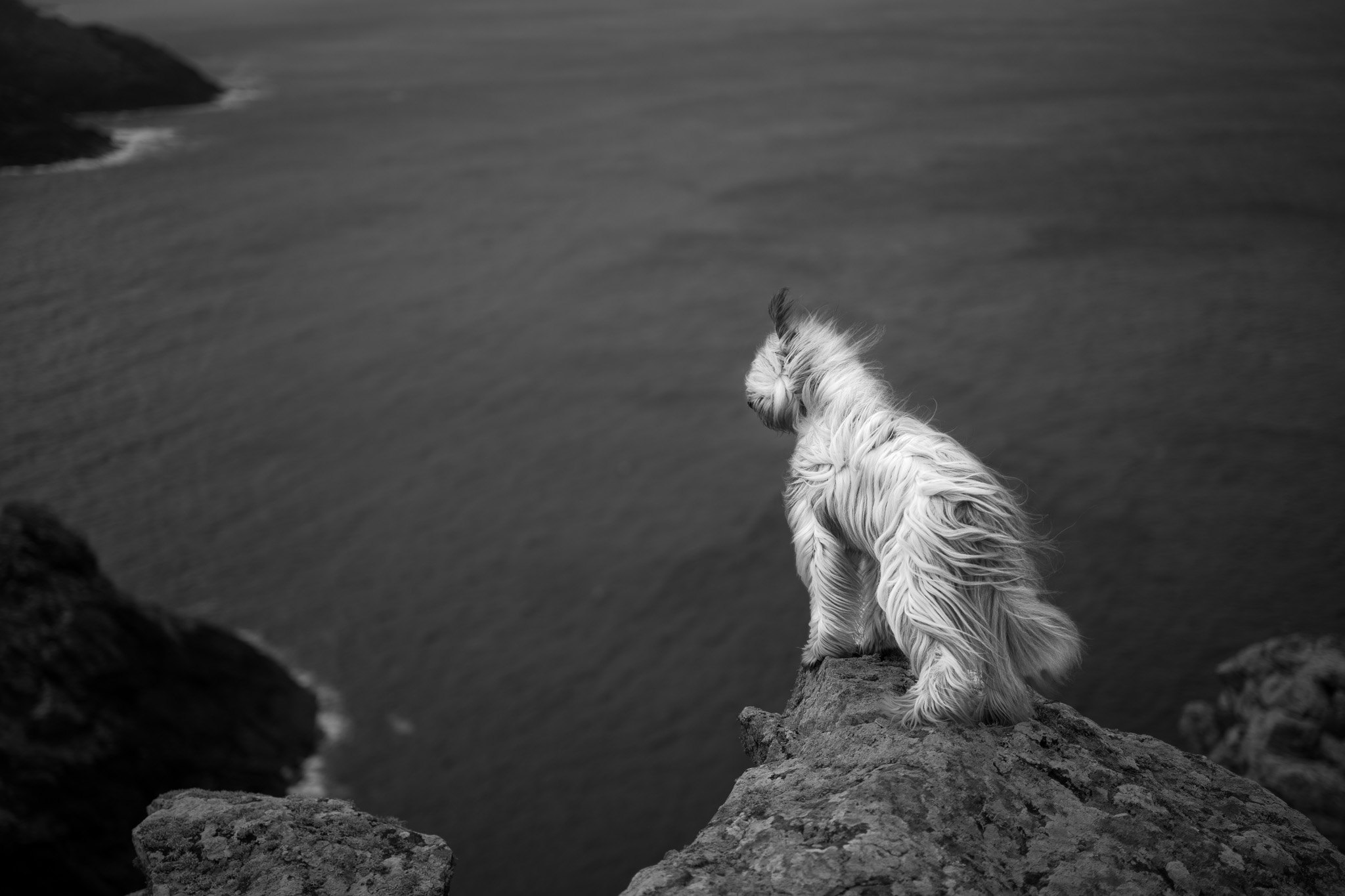
The Force Awakens
Leica M10 with 50mm Summicron APO
Robert Doisneau
The French Humanist photographer and pioneer of photojournalism with Cartier Bresson and others famously said:
"If I knew how to take a good photograph, I'd do it every time"
When I first heard this I thought it was funny, and of course Doisneau and many other photographers take consistently good photographs, but the more I've considered the remark the more significant and relevant it seems.
Most of us can recognise that good photograph instantly - especially when it was taken by someone else. We can gather huge amounts of information instantly, without thinking about it at all (that comes later).
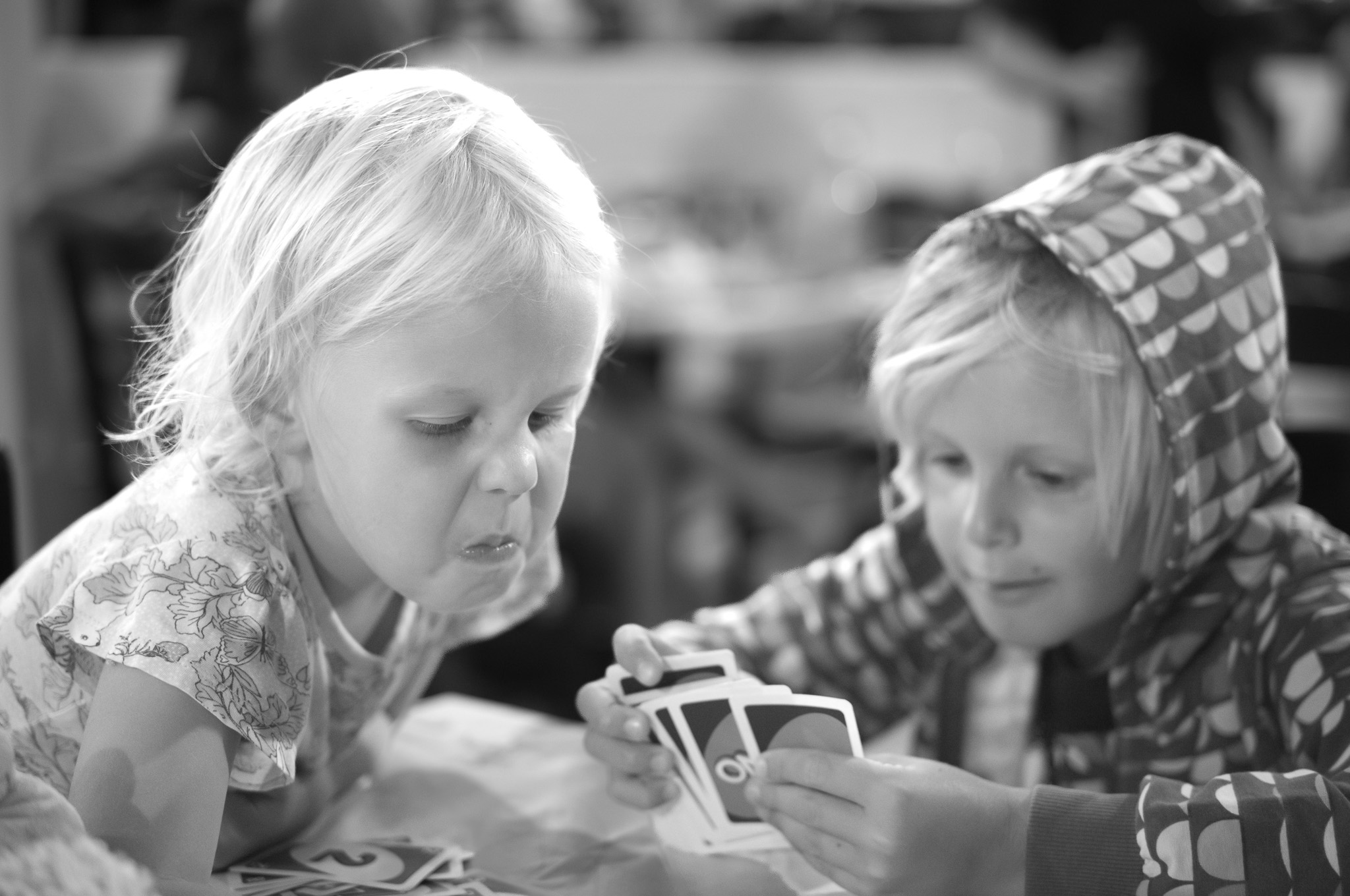
The Stinking Hand
Leica M11 Monochrom with 50mm Summicron APO
So how is it we can all recognise a good photo instantly, but even the best photographers don't "know how to take one" (every time at least).
Craig Semetko
I first met Craig at Wetzlar when he gave his excellent talk 'Serendipity' , in which he proposed that the more you practiced the luckier you get, and that it was amazing how often he found important peripheral motifs in images which he couldn't remember having seen at the time.
This is something I have also noticed, but is it luck? or is it just that one's subconscious recognises and includes such motifs without reference to the conscious mind?
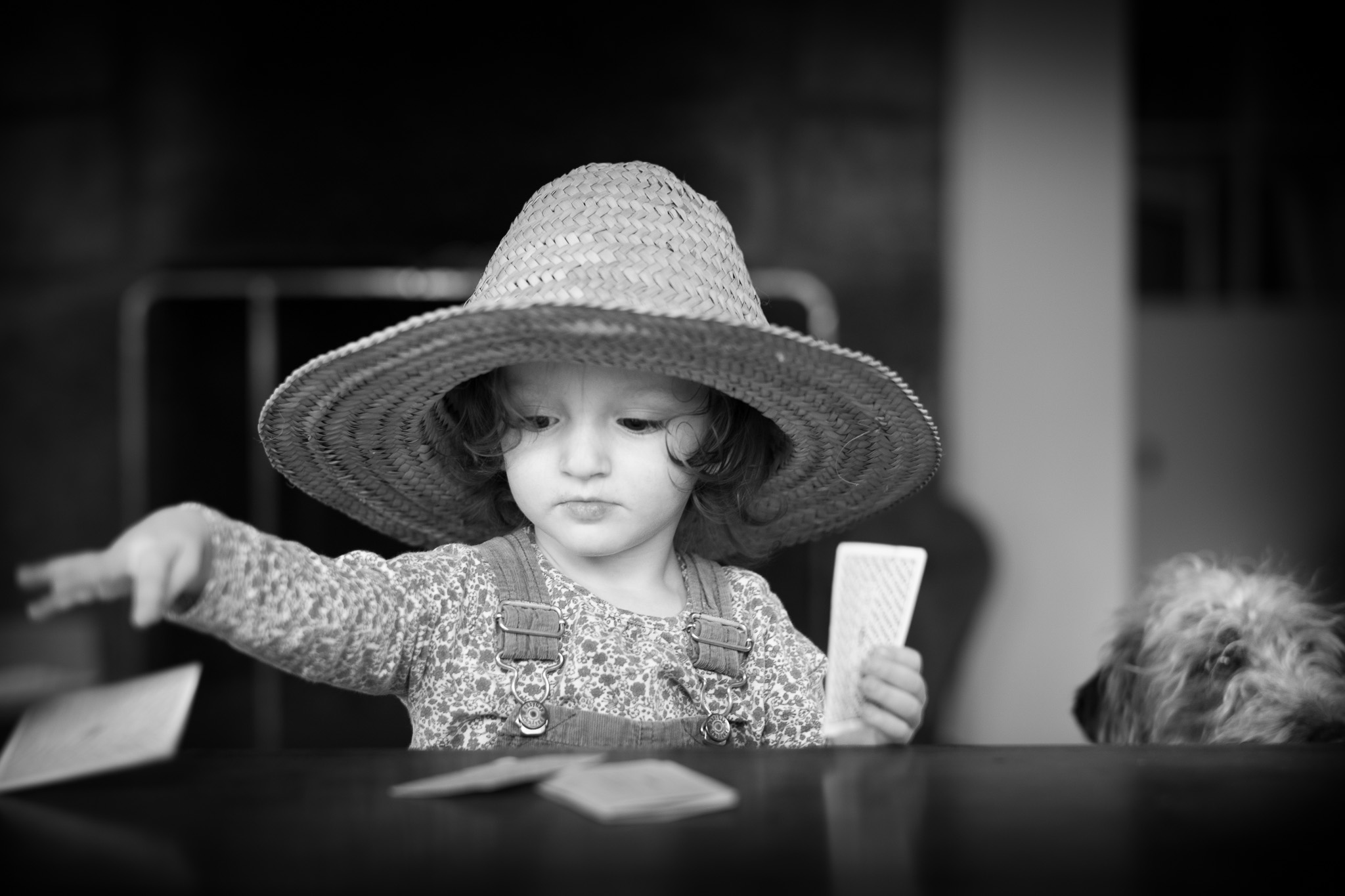
The Dealer and her Dog
Leica M240 with 50 Summilux Asph
Thinking, Fast and Slow
Daniel Kahneman's fascinating book makes a clear definition between two different types of thinking: Type 1 thinking (which could be labelled 'intuition') and Type 2 thinking (which might be called rational reasoning).
Slowing down and thinking about your photographs is Type 2 thinking. Recognising that great image is Type 1 thinking.
To my mind Robert Doisneau is really complaining that he cannot rationalise a good image.
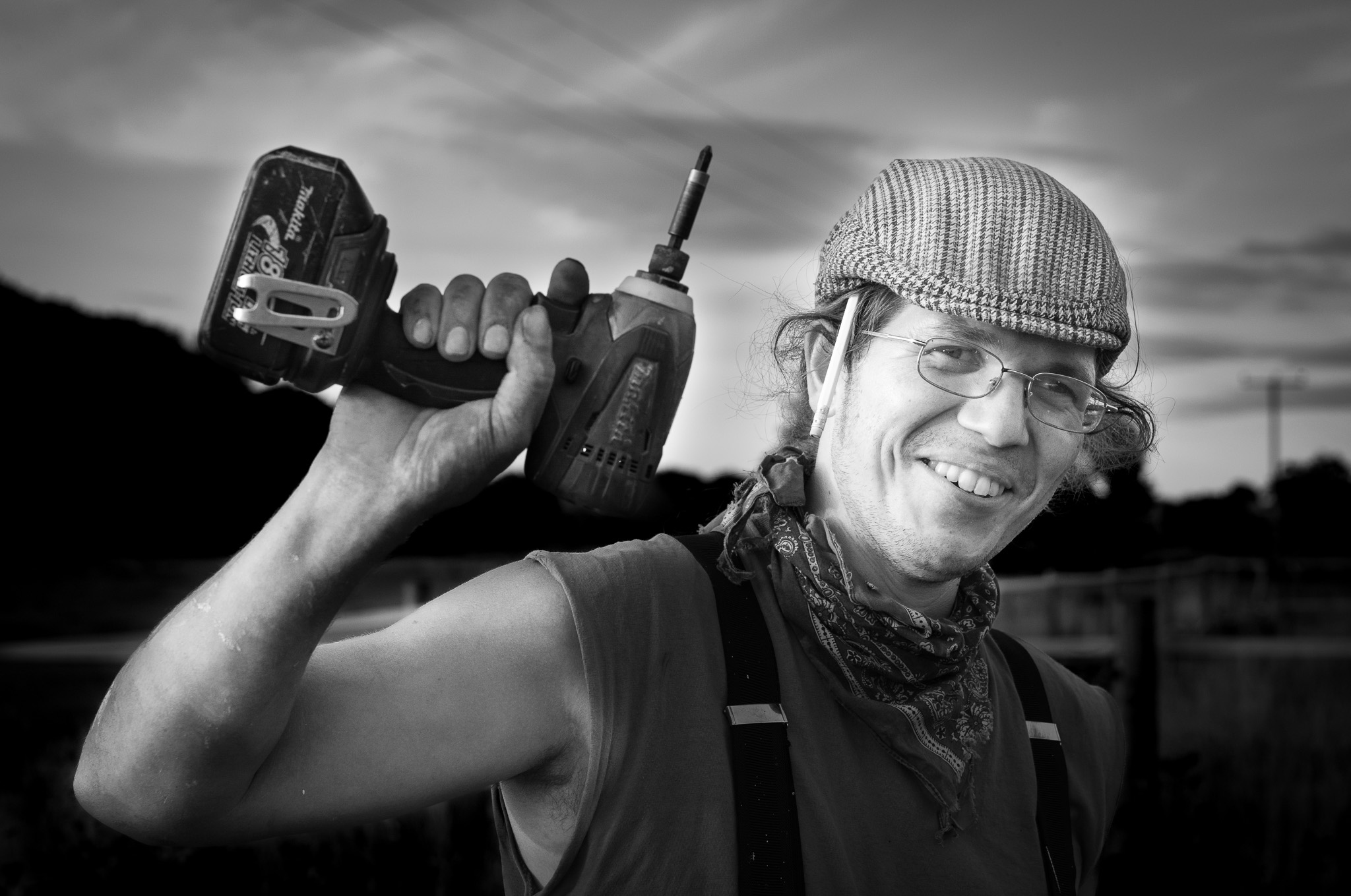
Tom the Hat
Leica S 003 with 70mm Summarit
Intuition
Chess Grand Masters are incredibly good at working out a move instantly after their opponent moves (or after a very cursory view of a chess situation during exhibition matches).
With respect to this, Herbert Simon said
“The situation has provided a cue; this cue has given the expert access to information stored in memory, and the information provides the answer. Intuition is nothing more and nothing less than recognition.”
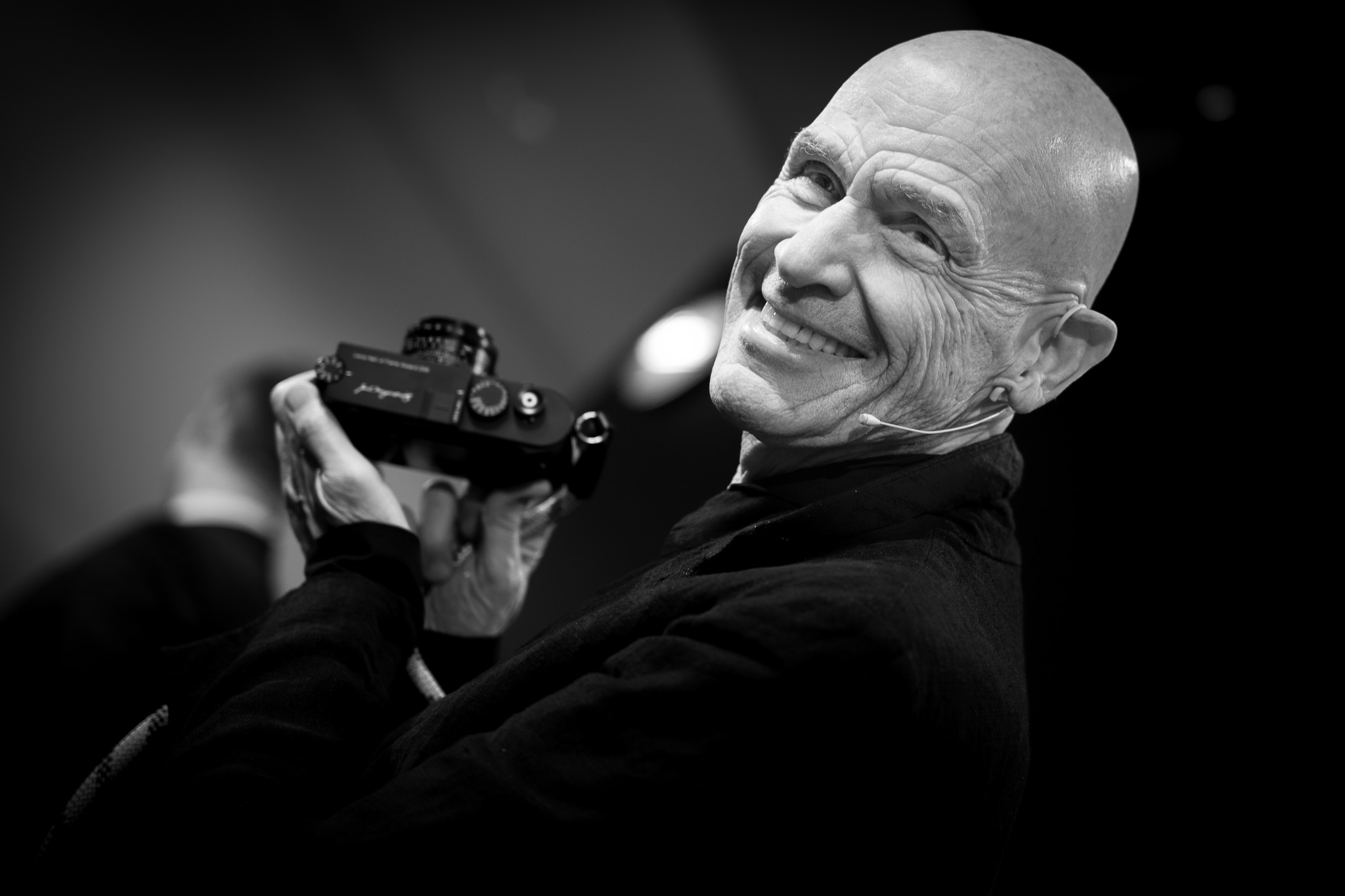
Joel Meyerowitz
Leica M10 with 50 APO Summicron
Herbert Simon again
“Valid intuitions develop when experts have learned to recognise familiar elements in a new situation and to act in a manner that is appropriate to it. Good intuitive judgments come to mind with the same immediacy as ‘doggie’”
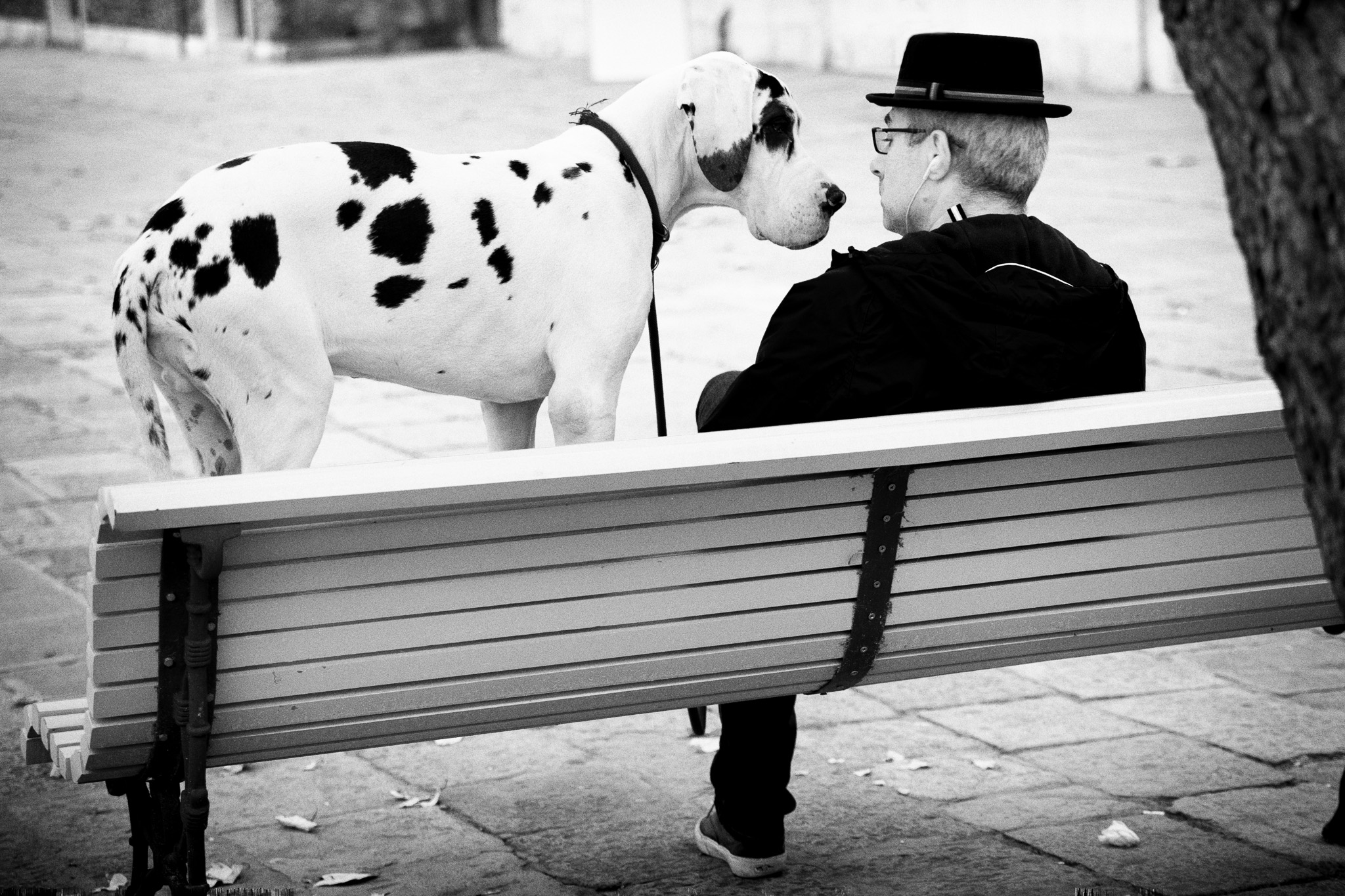
Venetian Great Dane
Leica SL with Vario Elmarit 24-90
Daniel Kahneman again:
“In particular, the accurate intuitions of experts are better explained by the effects of prolonged practice than by heuristics.”
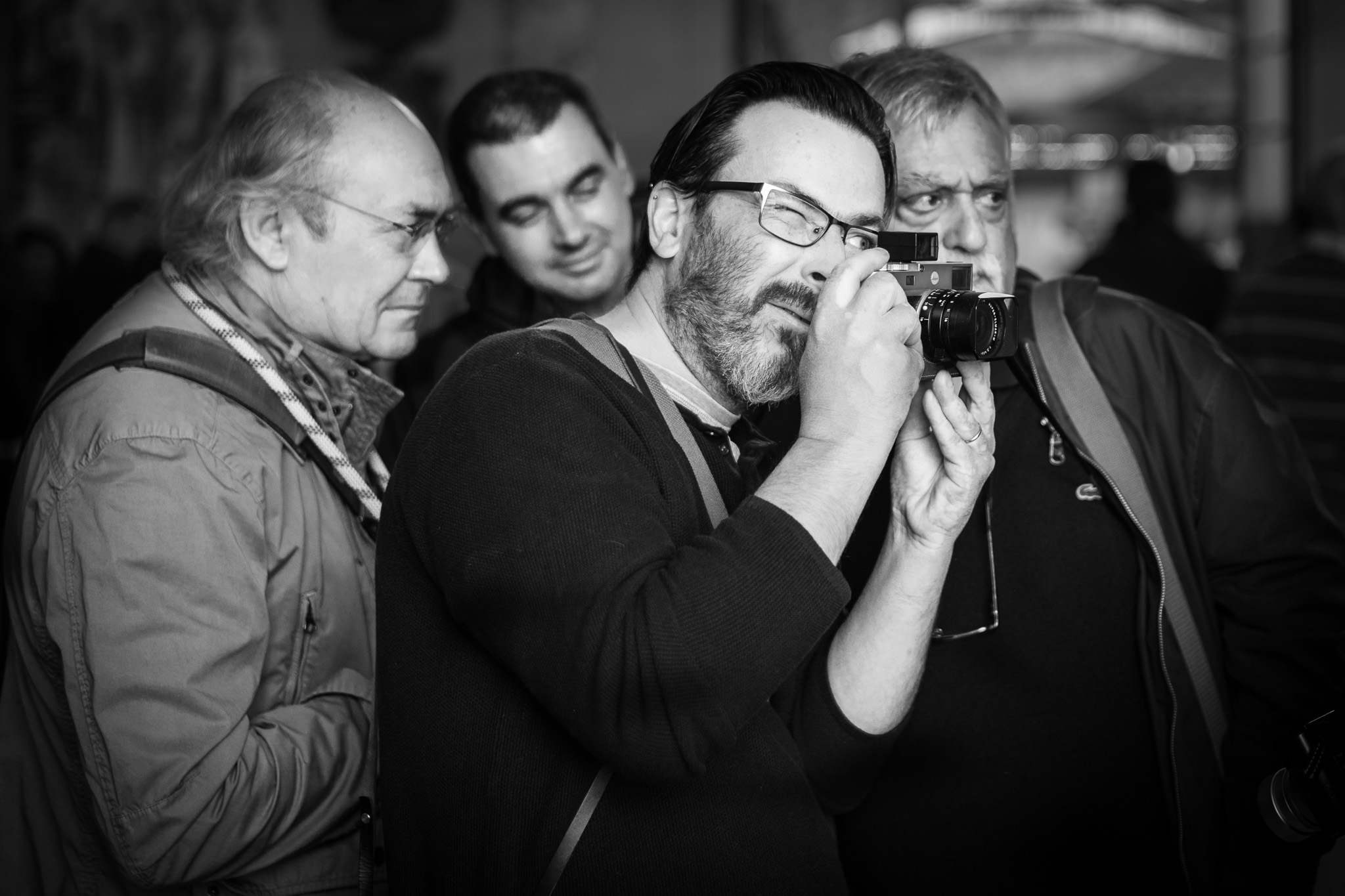
A Team of Experts
Leica M10 with 35mm Summilux FLE
So that a photographer's intuition is made up of everything he has ever seen and everything he has ever read, something Type 2 thinking (rational reasoning) simply doesn't have access to. But there isn't a free lunch - just like the chess grand master, you must have the information before your subconscious can use it!
Of course this explains why Robert Doisneau actually took great photographs, why my father's advice was good for a beginner (but not the experienced photographer) and why Craig Semetko and my images often have important peripheral motifs that we hadn't remembered seeing at the time.
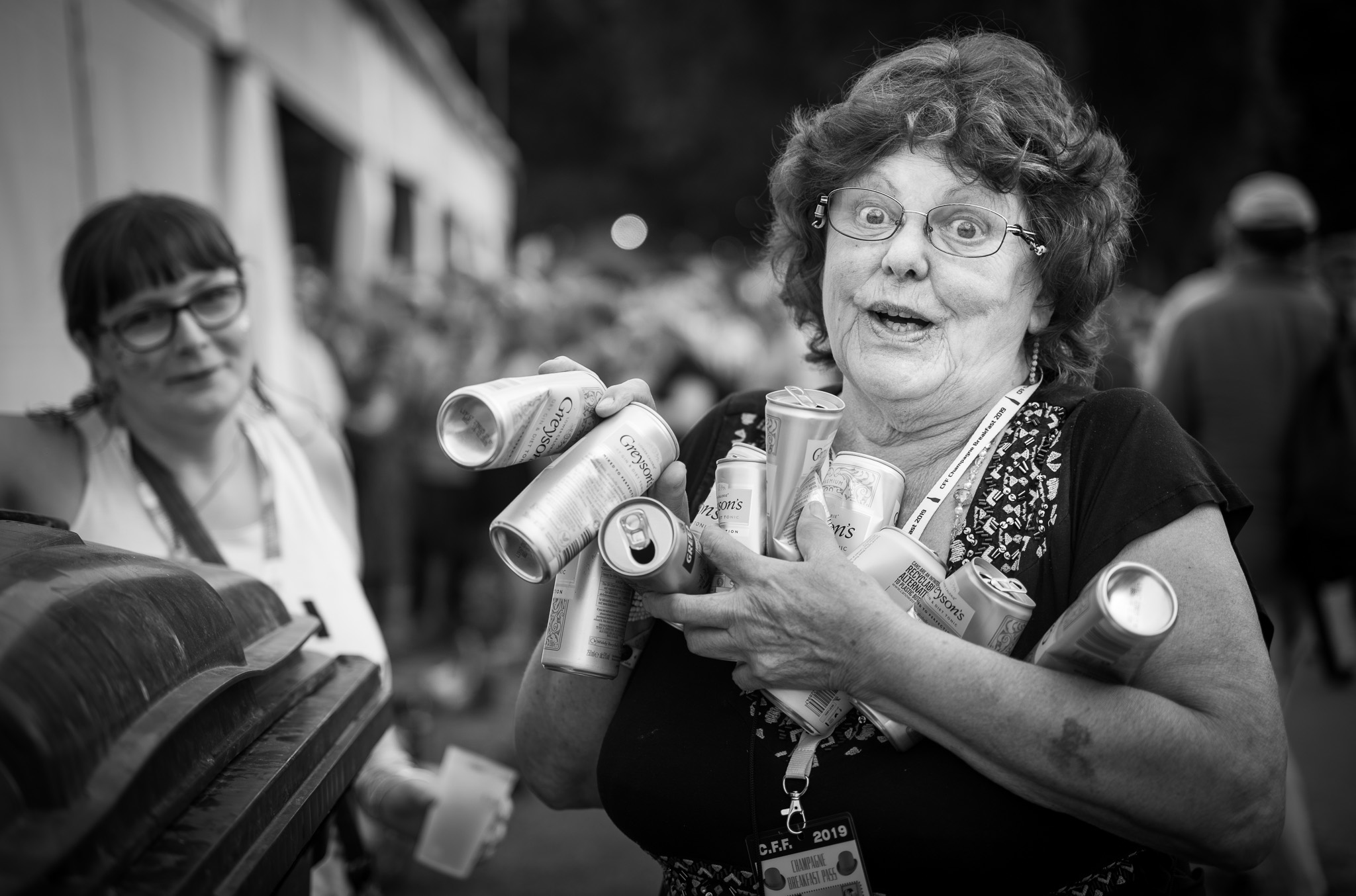
Busted
Leica M10-R with 50mm APO Summicron
The Proposition
So, my proposition is that rather than thinking rationally about it we should be letting our intuition and experience make the decisions about the photographs we take.
This doesn't mean you shouldn't plan for a shoot, of course you should, but on the other hand you should be prepared to grab the shots which come along, even if they don't seem to correspond to the plan.
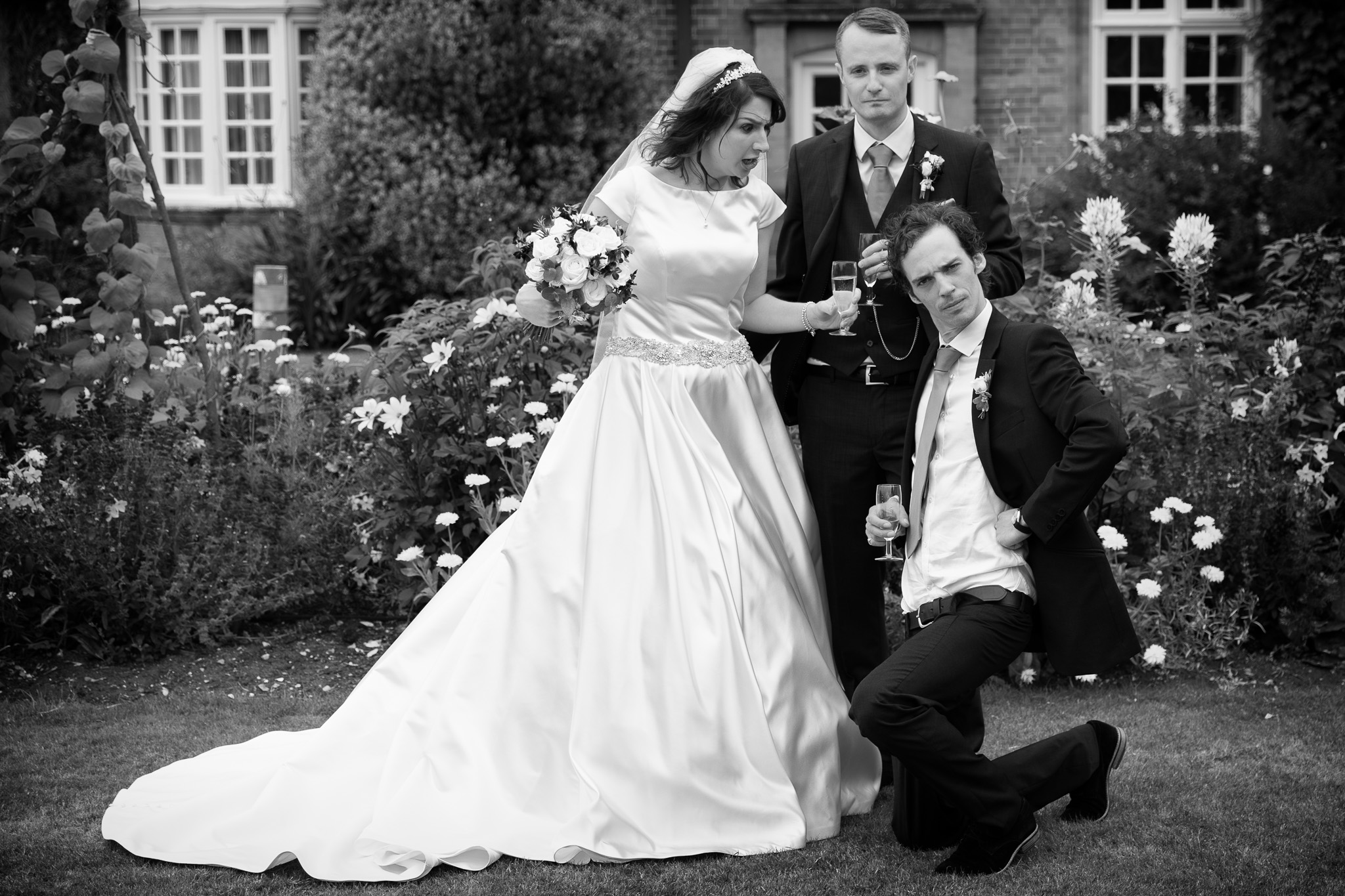
The Best Man
Leica SL with 24-90 Vario Elmarit
There's nothing wrong walking 10 miles in the dark to catch that perfect sunrise at the Old Man of Hoy, but be prepared so that you can get the image of a lifetime on the walk back!
We should be ready at all times to catch that Decisive Moment!
How to Catch it
During the years of testing I've spent a lot of time discussing with other photographers how they shoot, and two things have struck me forcibly.
First of all how many different ways there are of shooting,
Secondly how few photographers change their methodology in different shooting environments. M users in particular seem to be split into two camps, they either shoot entirely manually, or else they use Auto ISO and Aperture priority.
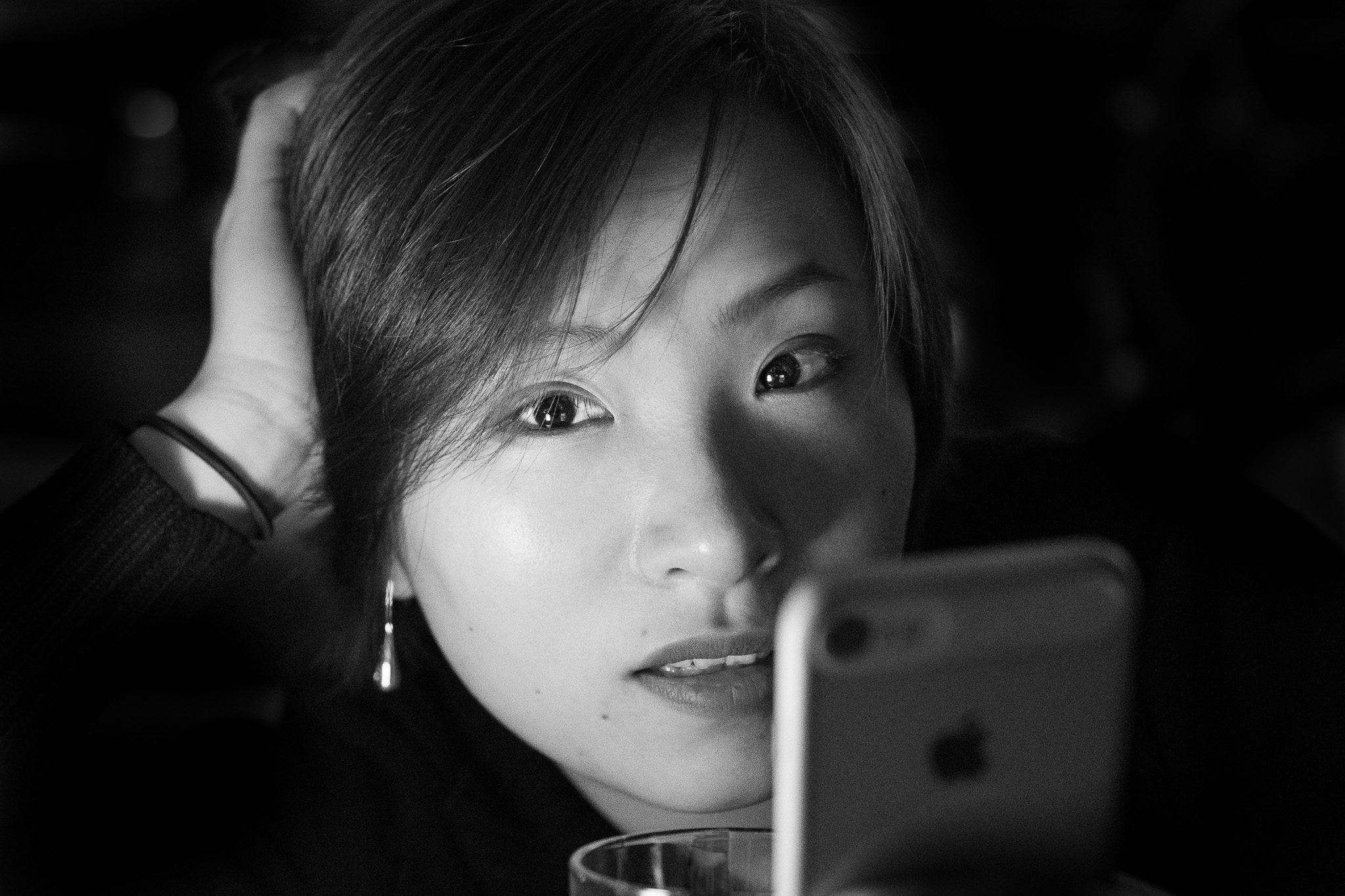
Erica
Leica CL with Leica 35 Summicron Asph SL
Readiness
Apparently The best camera is the one you have with you, so make sure that you always have your best camera with you! Better than that, make sure that it's in your hand, not in your bag (or even slung over your shoulder). There are other things to consider beyond this.
1. don't switch your camera off - startup time is the time between getting the shot and missing it.
2. Put your standby time on 'never' - wakeup time is also the time between getting and missing a shot.
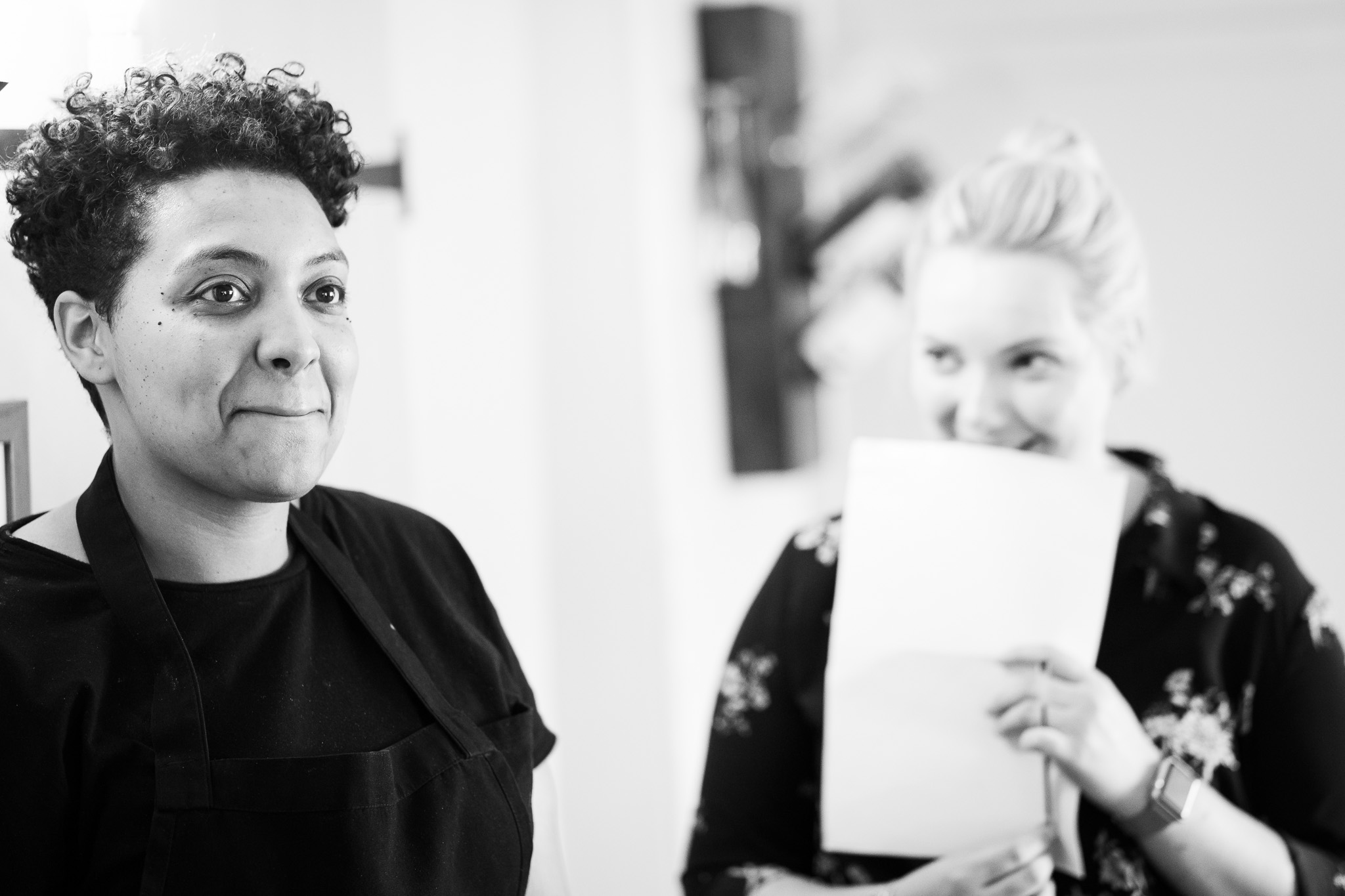
Love
Leica SL2 with Leica 75 APO Summicron L
Exposure
Many of the photographers I know who use Leica M cameras seriously always use manual exposure, it's kind of the definitive statement. But I don't think it's always the best answer (even if you're really good at it).
The time I will use fully manual exposure is if I'm working an event, and I'm in a room where the lighting on people's faces is reasonably uniform, but the background light changes wildly in different directions. That is the time to use Manual Exposure and Manual ISO - do a few test shots to get exactly the correct exposure for the skin, and then keep to it unless things change.
Every situation is different, and you should be prepared to change your type of camera settings to match the situation.
I'd like to try your patience and show you some images from the M11 in Lightroom:
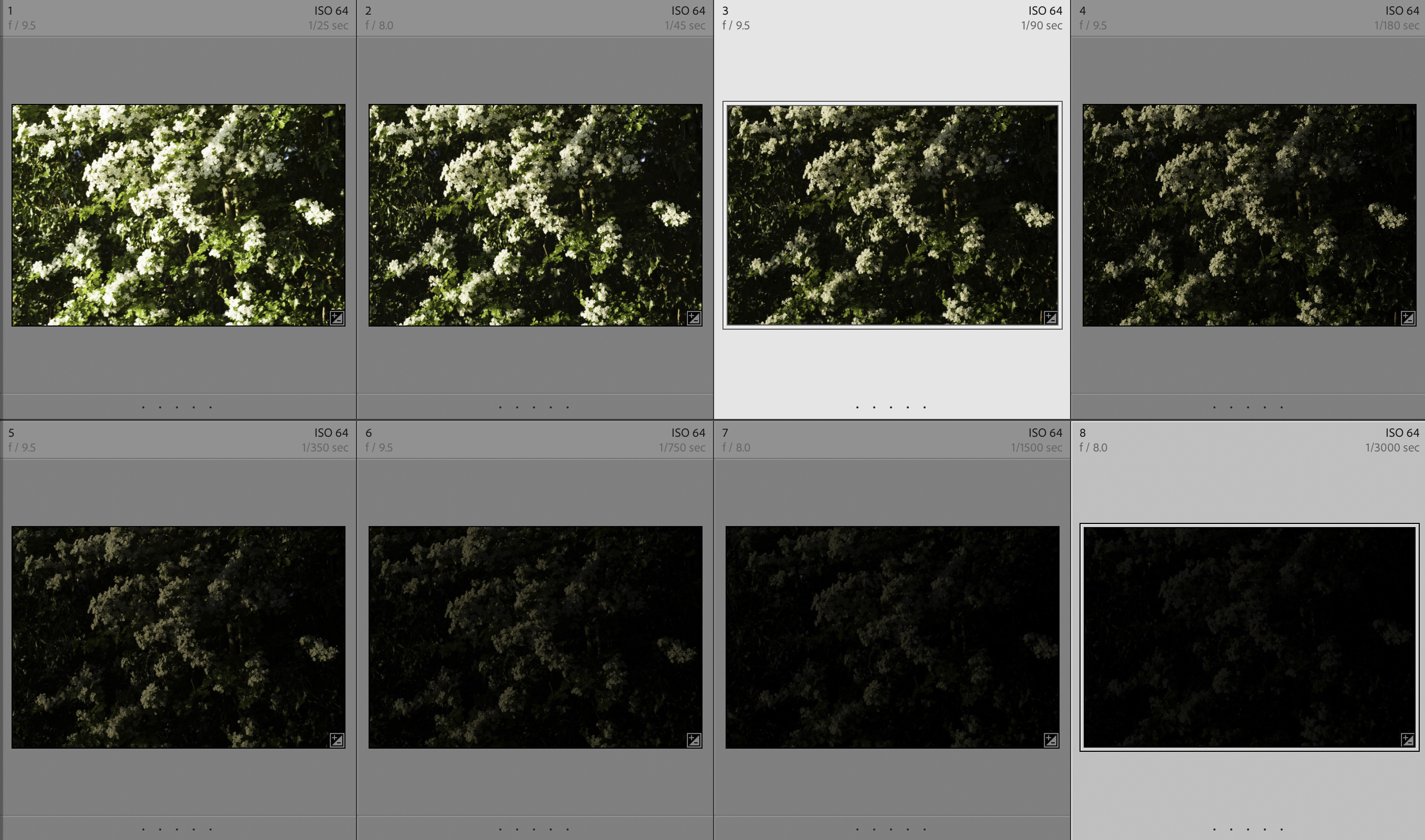
This is a series of images shot at ISO 64 and f8 on the M11 with the 75mm APO Summicron. I used multi spot exposure and the second shot at 1/45th is the exposure the camera recommended. I did not use a tripod. so the first shot is 1 stop over-exposed, the second shot correct, the third shot 1 stop under (1/90th) then 1/180th, 1/160th etc down to the final shot which was shot at ISO 64, f8 and 1/3000 second (6 stops under-exposed)The 1 stop underexposed image proved to be the best 'out of the camera' (both 1 stop over and the recommended reading had un-recoverable blown highlights).
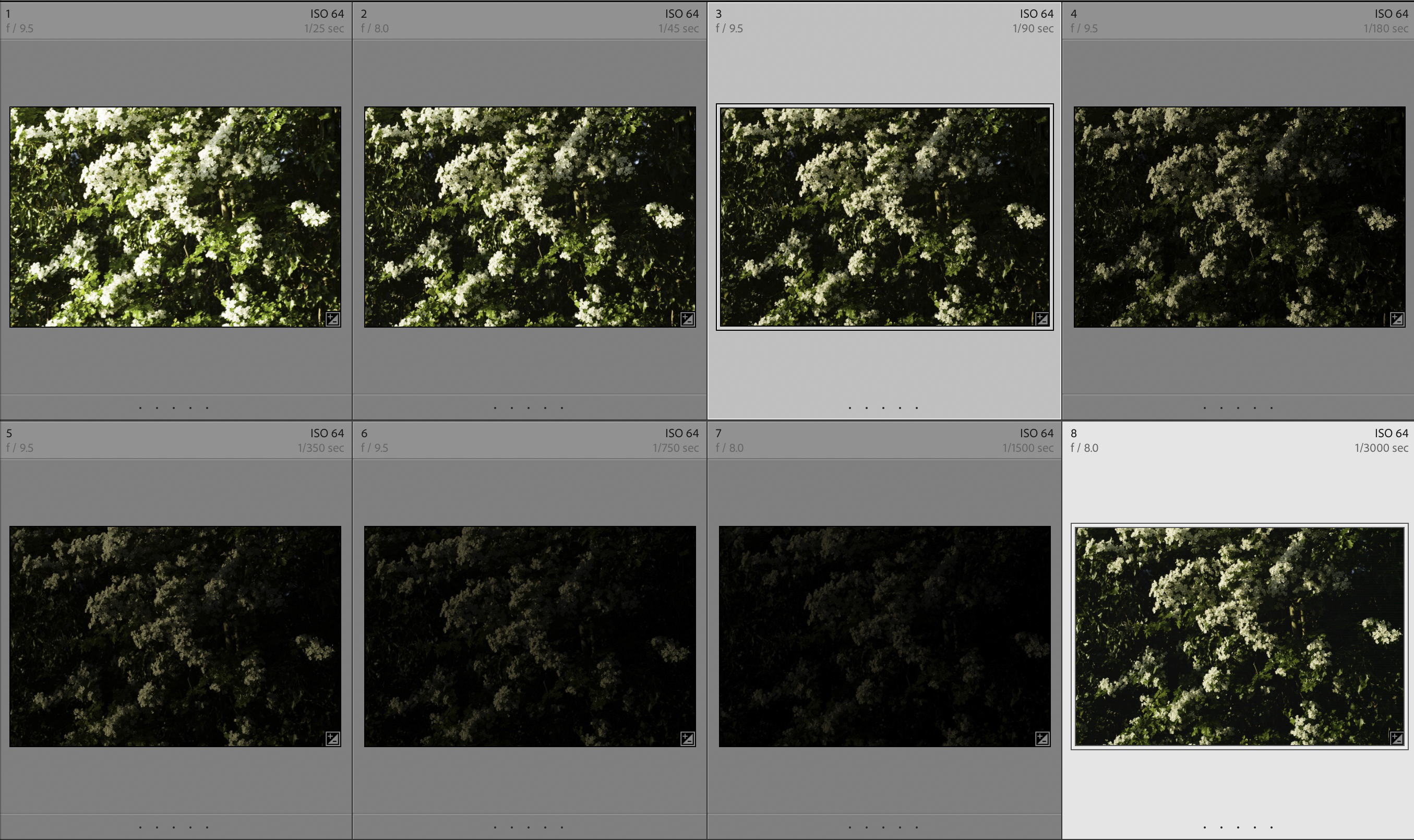
Here I have slightly increased the exposure on the third shot. Then on the last shot (6 stops under-exposed) I have increased the exposure by 5 stops and then pushed the highlights a bit.
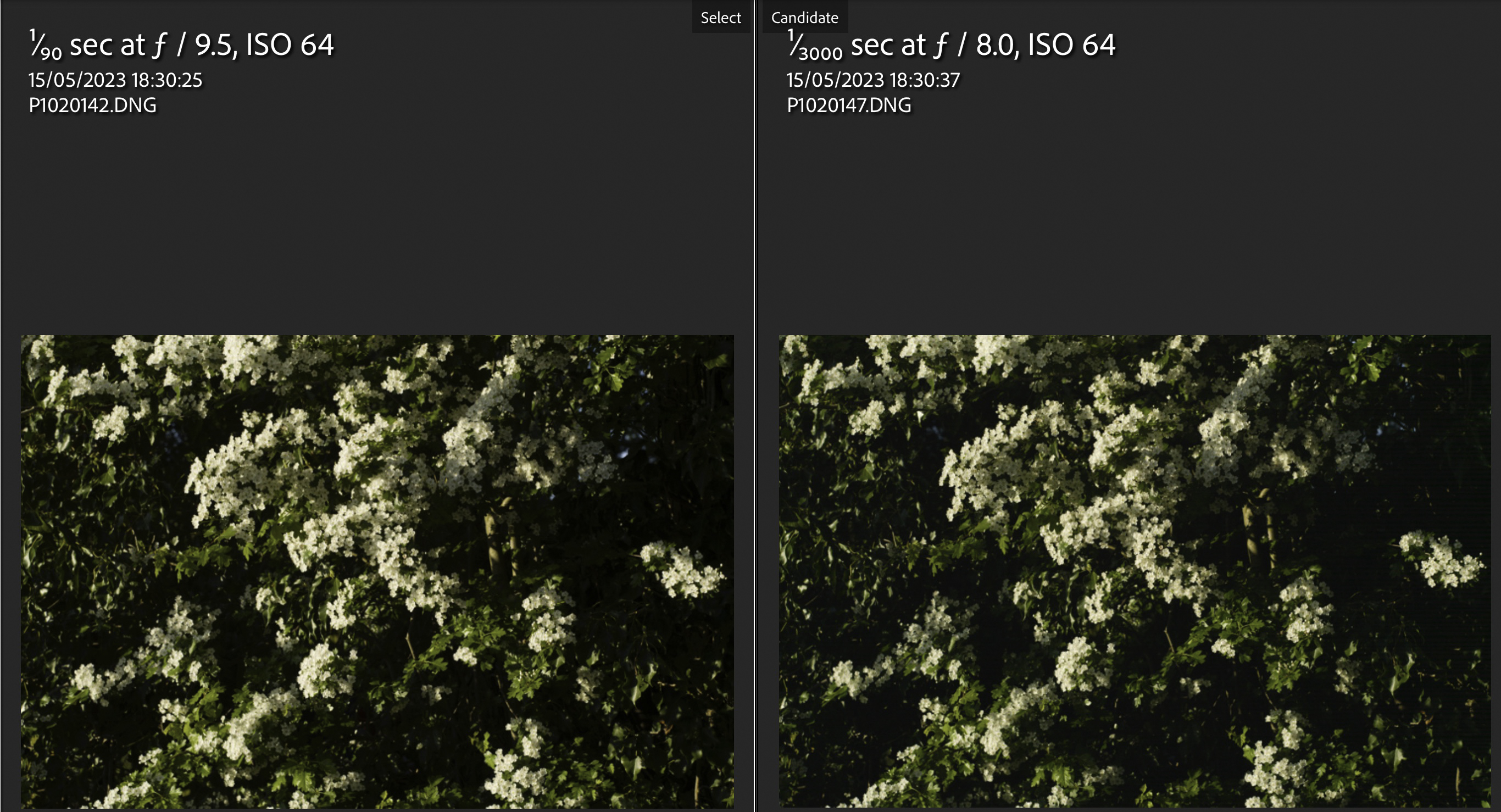
Here they are side by side
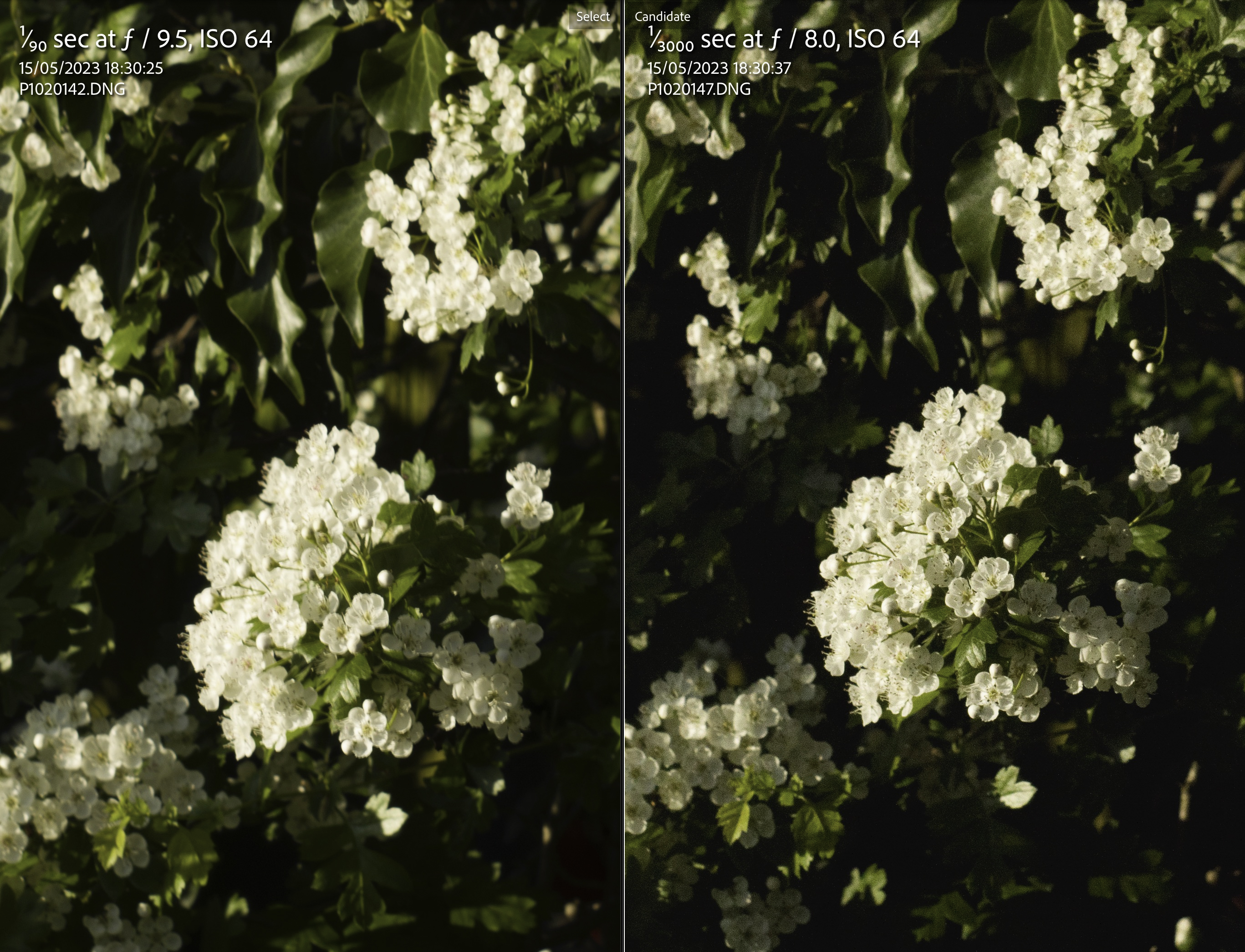
And here is a screenshot of 100% zoom in of the respective images. I think there are several things one can take from this comparison:
1. there is no visible noise in the right hand shot which has been pushed by 5 stops.
2. the increased shutter speed has meant that the underexposed shot has more detail (1/90th with a 75mm lens seems to be pushing your luck - especially if you drink as much coffee as I do).
3. the final shot at 1/3000 is equivalent to around 5,000 ISO.
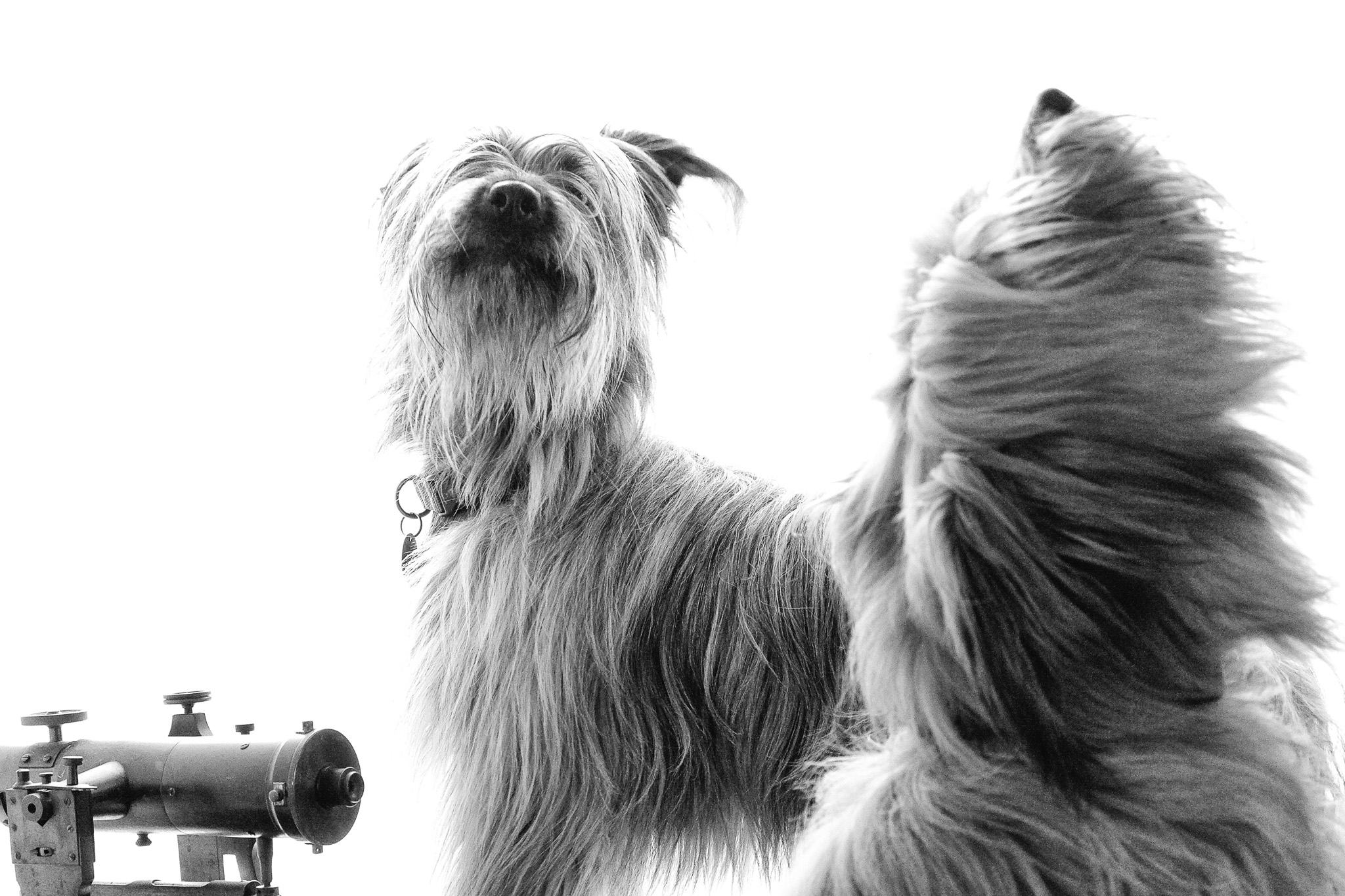
Noise!
Leica T with Vario Elmarit
So the Classic rule: Expose To The Right, whilst logically sensible (to reduce noise) is very prone to the risk of blown (and unrecoverable highlights), whilst under-exposure only seems to punish you with a bit of extra post processing (of course this might be important if shooting an event).
The other classic rule is to keep the ISO as low as possible (again, to reduce noise), but the effective ISO of the 1/3000th second shot in the last frame is 5000 ISO, and there isn't any noticeable noise, but there is much more detail than in the 1/90th shot where camera shake has spoiled the image.
With a high resolution modern sensor like the M11 it seems to me that the risk of camera shake is much more than the risk of incorrect exposure, except of course over-exposure!
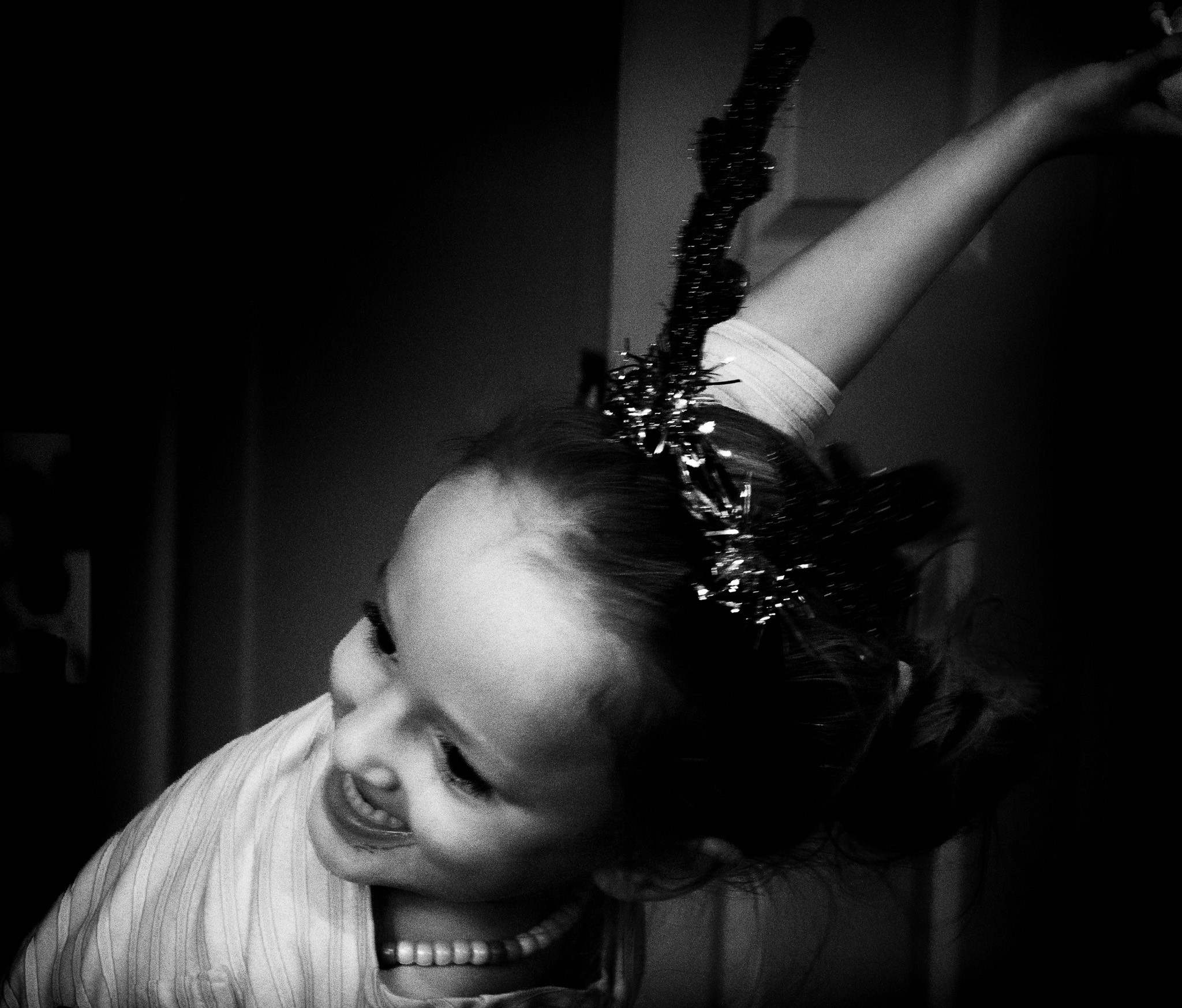
Scarlett
Leica M10 with Leica 75 APO Summicron (16,000 ISO)
To that end, in reasonable but varying light, rather than using Manual ISO and shutter speed, I would thoroughly recommend using Auto ISO, with the maximum ISO set around 5000 or 6400, and the slowest shutter speed being 2x or 4x the focal length of the lens you are using.
I still think that one of the most valuable features of the recent M cameras is the ability to set the shutter speed to be a factor of the focal length. Unless the light is terrible I favour focal length x4 so that if I'm using my 75 APO the camera will choose around 1/300th second - that way you can be pretty sure that you can take advantage of the wonderful modern high resolution sensors without suffering from camera shake.
I then normally have a -2/3 stop exposure compensation, this ensures that you don't over-expose the image (and leaves nice saturated colours too!).
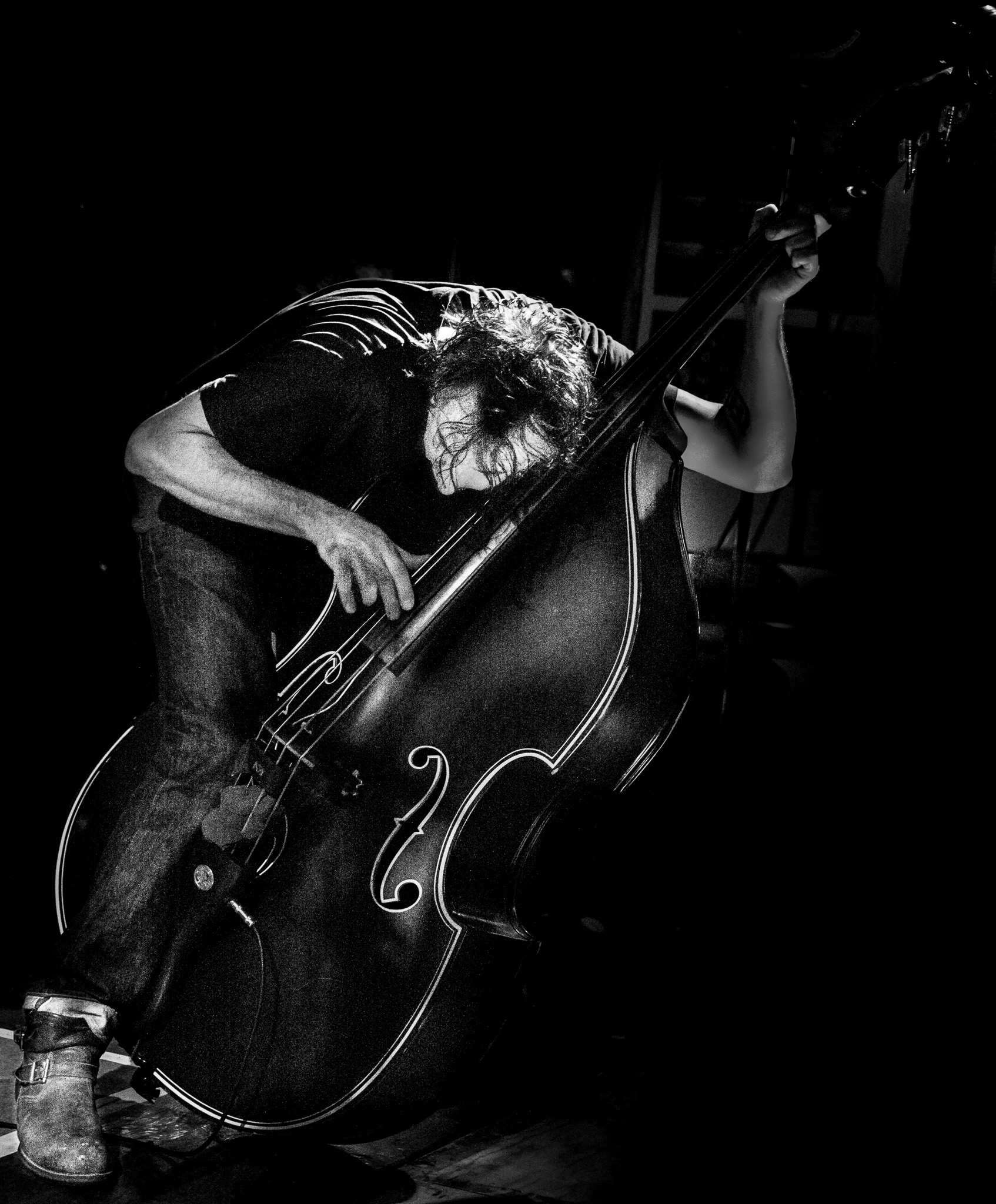
Jason Burns
Leica SL with 24-90 Vario Elmarit (6,400 ISO)
Shooting Less?
One of the arguments for shooting film is that you don't fill up your hard drives with rubbish, but if you shoot less shots you won't just get less bad ones, you'll also get less good ones as well.
The answer is to shoot lots, but only save the winners. Psychologically it's easier to pick the right ones when importing, but culling later on is just as effective.
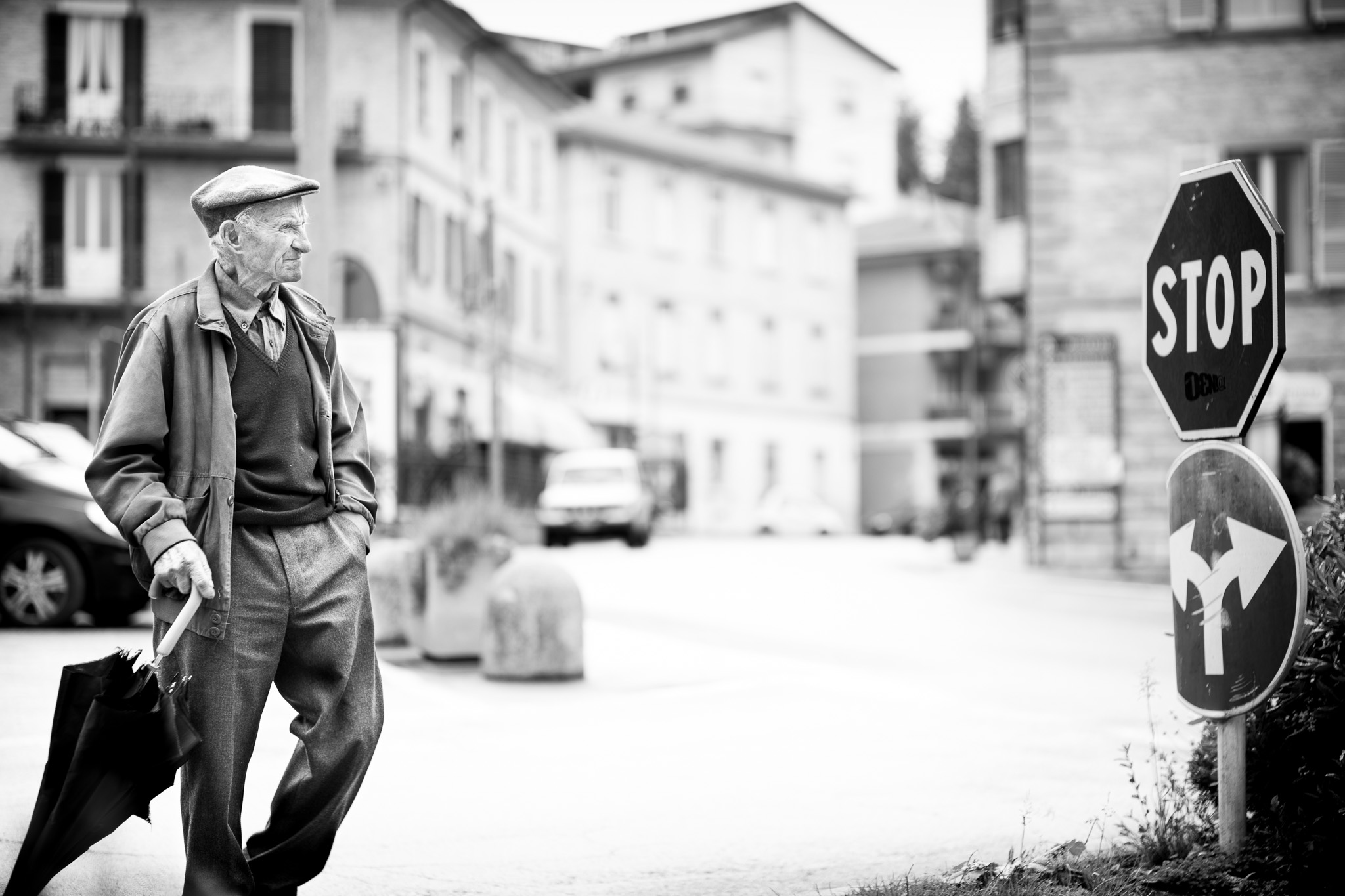
Focusing
Of course this depends on your camera and your project, but think hard about the best way to ensure that you can focus fast, and that you decide on the subject, not the camera!
Eye focus and person focus is a wonderful development, but in my experience it has a tendency to focus on the wrong person, and by the time you've sorted that out the moment has gone.
I favour a spot focus point, usually slightly above and to the left of the centre, (a nod to the rule of thirds). that way I can get the subject in the spot and the camera will focus when I press the shutter. Using spot metering means that you will also be metering on that point, That works for the SL2 and the M11.
When I first met Herbert Piel here at Wetzlar in 2018, we were joking about practicing rangefinder focusing in the kitchen in the evenings and our wives teasing us about it.
These days my eyes aren't what they were, but I still regularly practice focusing with my M11 and I'm still confident at F2 with a 75mm lens. It's no different from practicing a musical instrument.
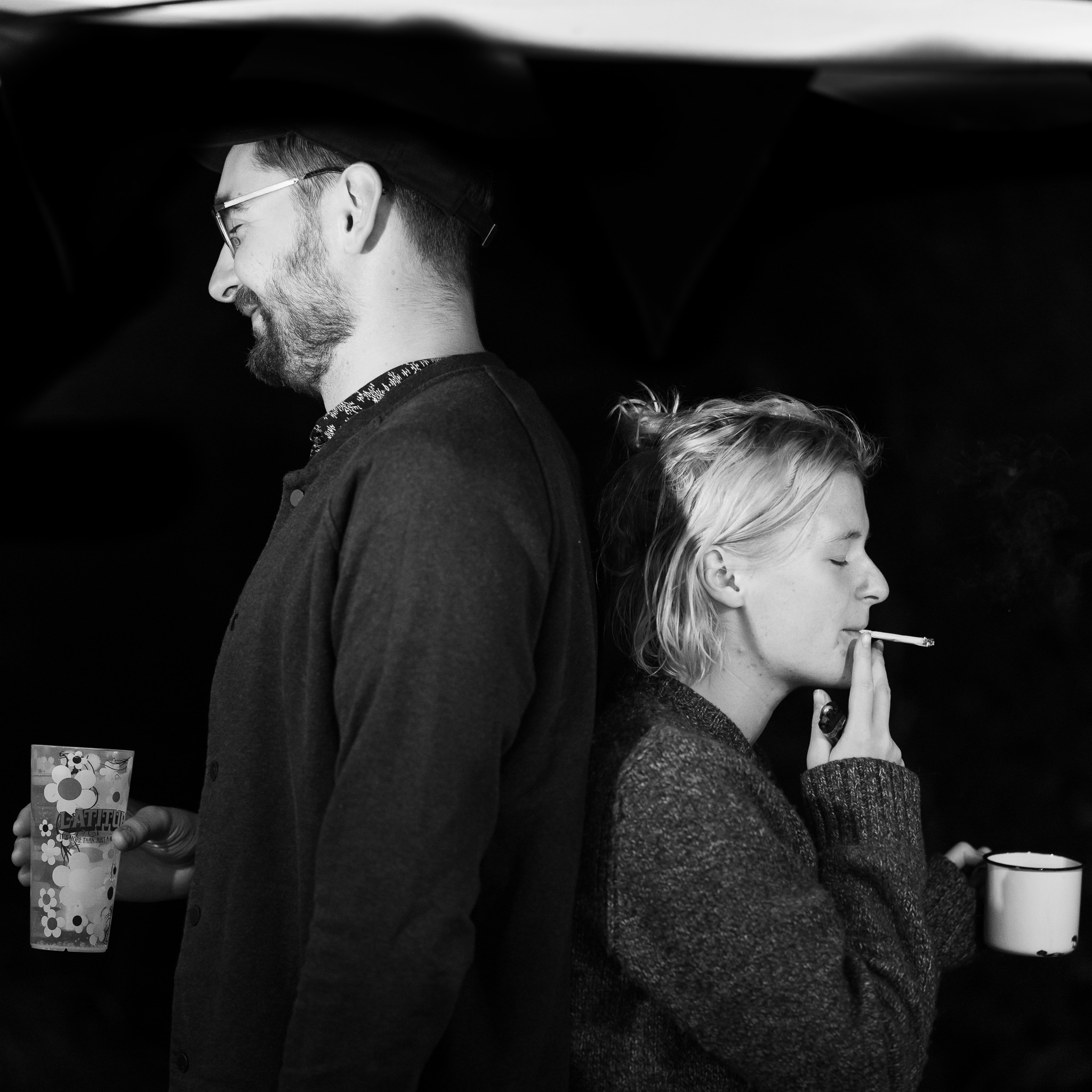
Mr & Mrs.
Leica SL with 24-90 Vario Elmarit
Conclusion
To summarise what I've been talking about:
We should practice and shoot lots, and look at as many images so as to gain experience, but it's better to trust intuition than to 'slow down and think about it'.
Shoot as many images as you can - but only keep the good ones! The answer to storage space problems is better curation, not less shots.
Carry your camera with you at all times, preferably switched on and in your hand.
Let the camera sort out the exposure and the shutter speed, it's good at it and as long as you've entered sensible parameters for Auto ISO and exposure compensation it'll do an excellent job.
Set a minimum shutter speed in the auto-iso settings to make sure that you don't get camera shake.
Ensure that you don't overexpose, it's pretty much the only thing you really can't fix in post processing.
Focus point and Aperture should be the photographer's responsibility not the camera's. It's a serious artistic component in every image.
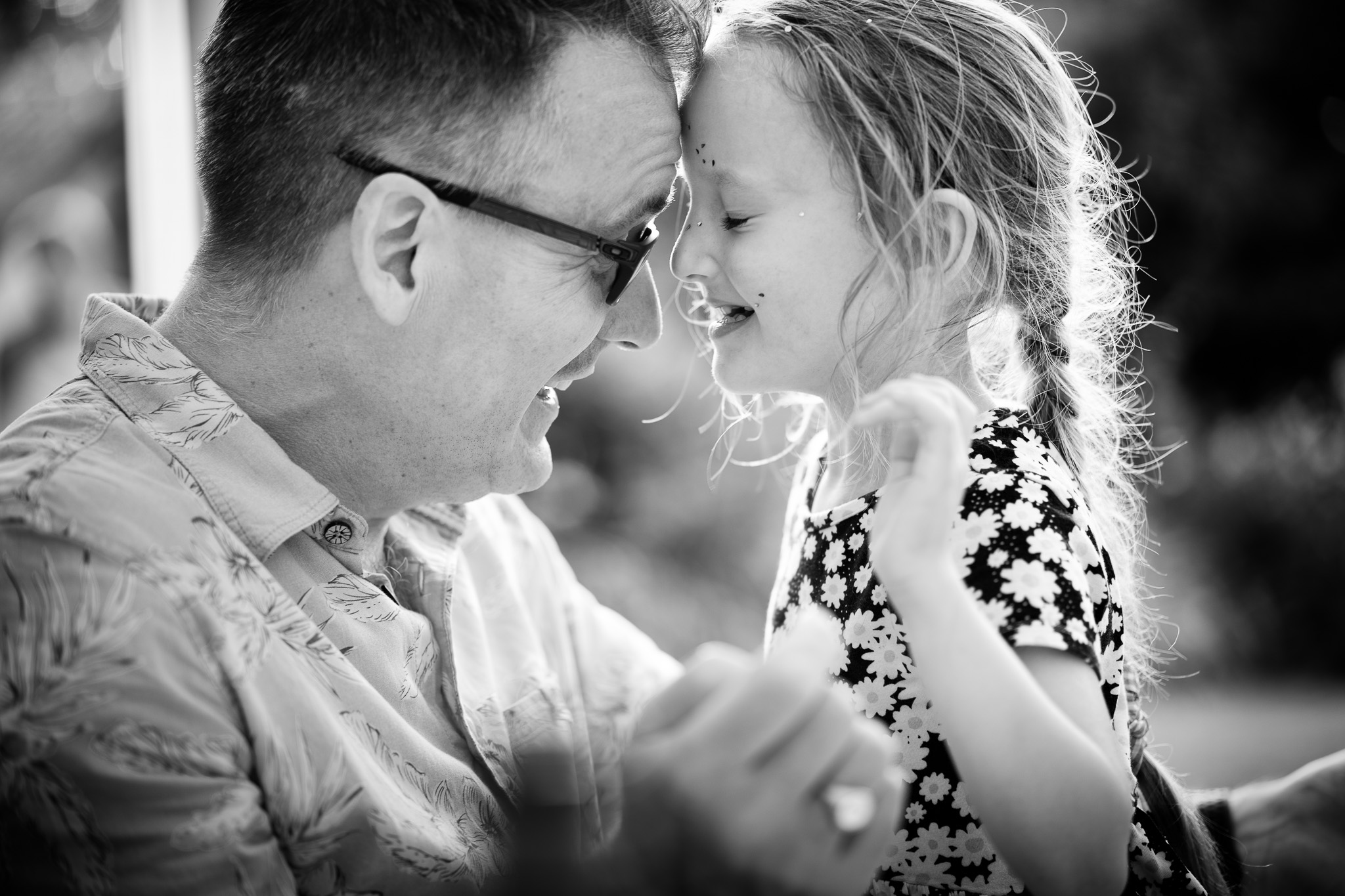
There's nothing like a Godfather!
Leica SL with 24-90 Vario Elmarit
The greatest thing a human soul ever does in this world is to see something, and tell what it saw in a plain way. Hundreds of people can talk for one who can think, but thousands can think for one who can see.
John Ruskin























